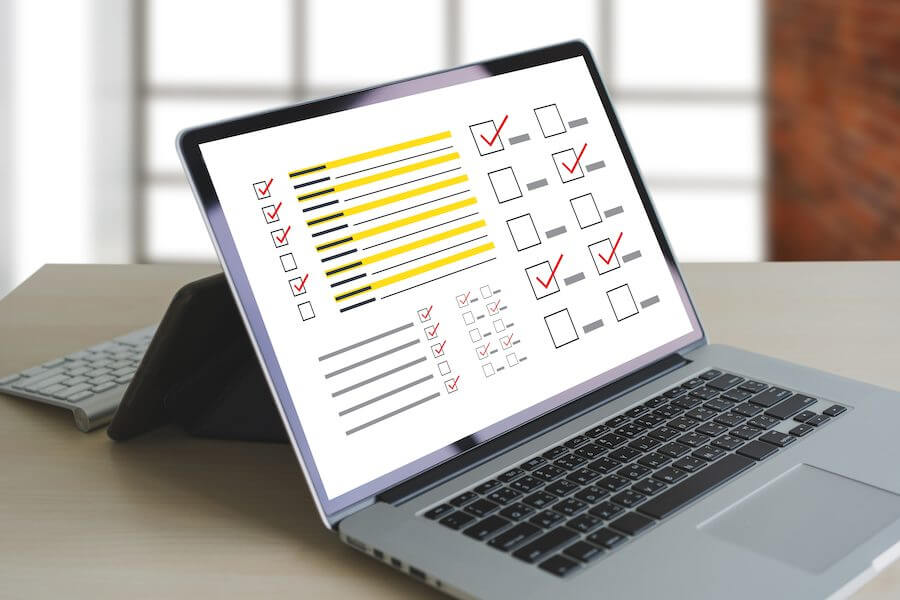Before commencing a project or business, it is always necessary that you come up with a conceptual work plan, objectives, and ambitions. Earlier planning helps in the execution of the project in the right direction. However, due to some external forces, the thing might not work as originally planned. Understanding whether your project is on the right track is as important as anything. Therefore, if you need more insight into your project progress, you will have to conduct a data gap analysis.
How Can We Define Data Gap Analysis?
In its simplest definition, a data gap analysis refers to a tool used by project managers to compare their actual performance against what was earlier expected or desired. It is beneficial as it helps identify some of the strategies, structures, processes, technologies, skills, or practices that are missing in the current implementation. Also, through such comparison, the managers are able to determine what they need to adjust to make their performance better.
It tends to respond to the following broad questions:
- Where are we now?
- Where do we wish to be now?
- How are we going to reach where we wish to be?
In an attempt to respond to the above questions, companies find themselves improving their efficiency and profitability. Also, the above questions help improve your focus as a company by concentrating all your energy and resources on areas that need improvement.
The Purpose of Data Gap Analysis
The primary purpose of DGA is to improve project efficiency. Through it, a company gets in a better position to understand its operations. Besides, it identifies the missing data that would otherwise cause inefficiencies.
Secondly, it helps identify the company’s strengths and weaknesses. Plus, it helps the stakeholders formulate better strategies for solving the identified vulnerabilities.
Tools for Data Gap Analysis
- SWOT Analysis
- Fishbone
- McKinsey 7S
- Nadler Tushman and
- Burker-Litwin Causal Model
What are the Benefits of Undertaking a Data Gap Analysis?
There are several benefits associated with a data gap analysis.
EXAMPLE
- It helps an individual, group, company, or organization find shortcomings and learn how to overcome them.
- Also, a data gap analysis helps improve the efficiency of the business by pinpointing any unusual or inappropriate activities.
- Conducting a data gap analysis provides you with a clear overview of the entire business. This helps you know whether the organization has enough resources to meet its operations without strain.
- It provides you with a path that an organization can take for operational improvement.
- It can result in the creation of a SWOT analysis as a way of strengthening the company.
When Should You Use the Data Gap Analysis?
Data gap analysis can be used on a number of occasions. Here are some of them:
- Product launch: when new products are introduced into the market and the sales aren’t going as expected, companies can conduct a DGA to determine what went wrong.
- Product evaluation: In cases where a company’s production isn’t meeting customer demands, it can be done to assess the situation.
- Supply management: It can be used to identify frequent shortages of supplies in an organization.
- Sales performance: It can be used to know which products are not selling and why.
- Also, when checking a product portfolio, a data gap analysis can be used to find new sales opportunities, i.e., to identify new products to sell.
How to Develop a Comprehensive Data Gap Analysis
There are a lot of factors that can hinder a business from reaching its maximum potential output or production. Therefore, if you want to identify and rectify these factors, you should always develop an exhaustive analysis. If you don’t know where to start, here is a step-by-step guide that will help you through.
Step 1: Identify your current state
You should start with your current state before moving on to something else. The moment you can understand where you are, you will always be in a position to come up with more realistic action plans. Therefore, list down all the features you would want to improve. Remember, always be factual and specific enough when identifying your weaknesses.
EXAMPLE
You may want to know why your company is declining in sales each year. In such cases, you should formulate your goals, such as identifying causes that contribute to reduced sales.
Remember, when formulating your goals, they should always be precise, clear, and realistic.
Step 2: Identify your future state
Once you’ve noted your current state alongside the aspired attributes, you now need to identify your future state. You can develop a future goal or ideal condition you would want your organization to be in the future.
EXAMPLE
You would want to reduce absenteeism by 30 percent or improve production by 50 percent. Note that you should always be specific enough when identifying your future state.
Step 3: Identify the gaps
You are expected to compare where you are now and your ideal state and ask yourself, ‘Is there any gap?’ Well, a simple ‘Yes’ or ‘No’ can suffice. Continue with your scrutiny and determine why it happened. How far from the target was your actual production?
EXAMPLE
You expected to produce 10,000 units per day, but you only managed to produce 9,000 units daily. What happened?
Step 4: Identify ways to bridge the gap
Once you’ve identified and quantified the existing gaps in your production, the next thing is to focus on how to eliminate them. Conduct a candid and exhaustive discussion with other stakeholders to identify possible ways of eliminating them. Decide on what must be done to improve your production. Also, make sure you come up with a time deadline within which you want the gap to be resolved.
Step 5: Summarize the findings
After you have decided on the appropriate action plan that will best resolve the issue, you need to proceed with the implementation. Ensure your implementation is done appropriately and within the allocated timeframe. Also, ensure you have a follow-up activity to ensure your newly formed strategies work smoothly.
Free Templates
Data Gap analysis example
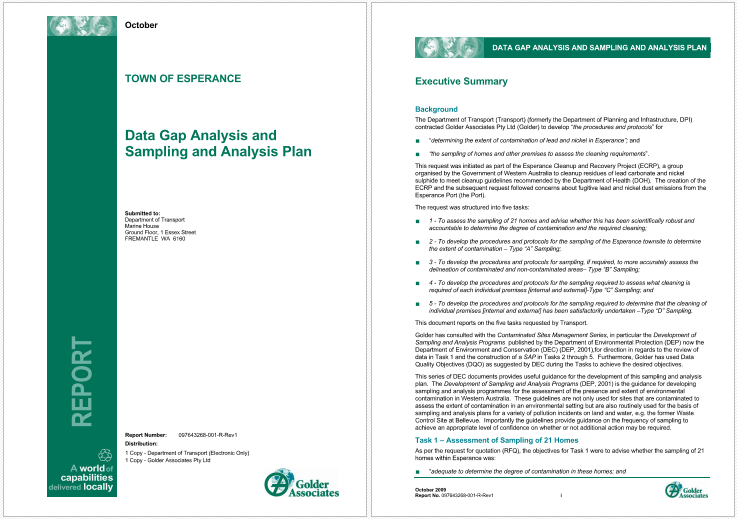
Gap analysis spreadsheet
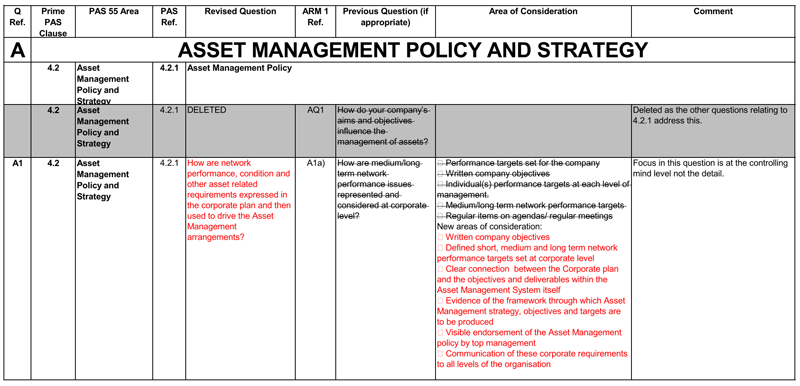
Data gap analysis template
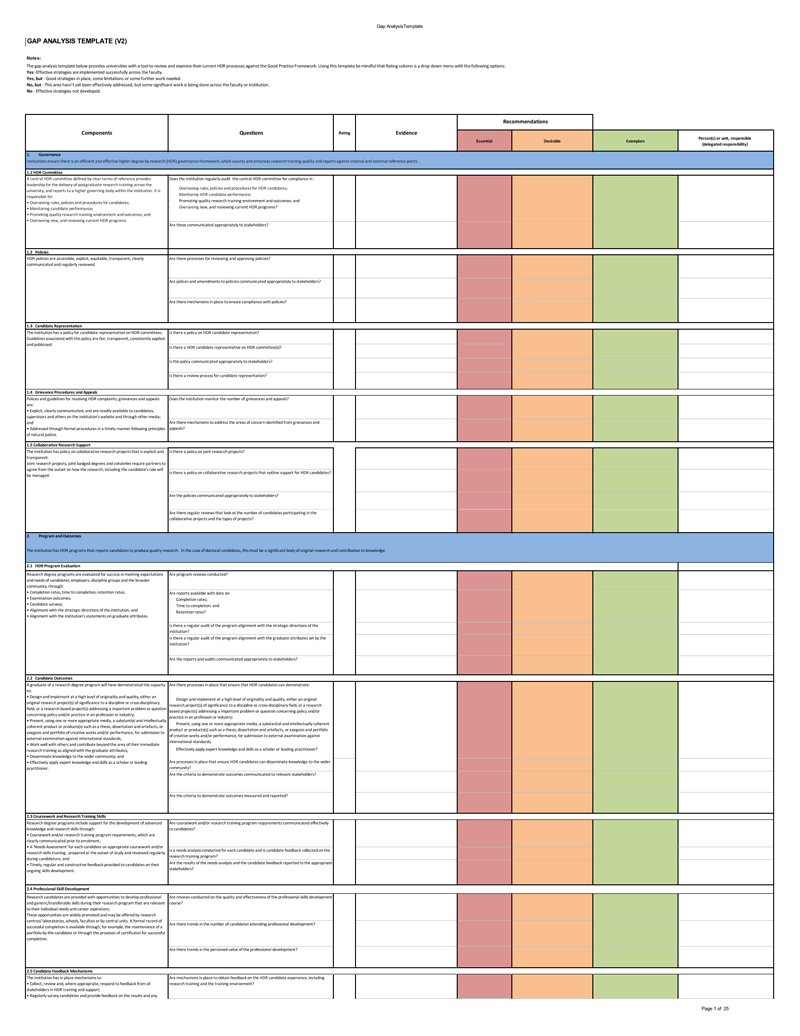
Gap analysis template for Powerpoint
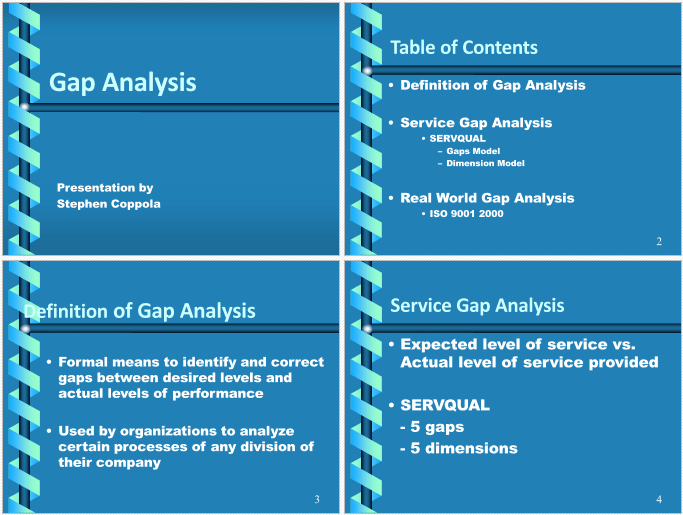
Gap analysis tool
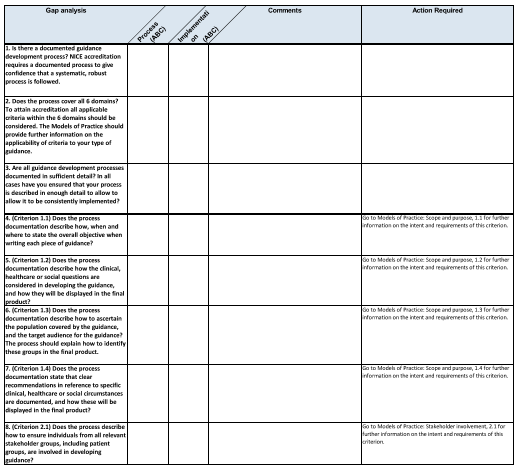
Conclusion
Performing a data gap analysis is very beneficial to the operation of any company. They help a company compare its actual performance with its potential or desired performance. It acts as a potential tool for figuring out the shortcomings within the company. What’s more, it helps empower workers through the quick diagnosis of problems and inefficiencies. Therefore, if you want to improve your organization’s profitability and efficiency, always endeavor to conduct a data gap analysis.







